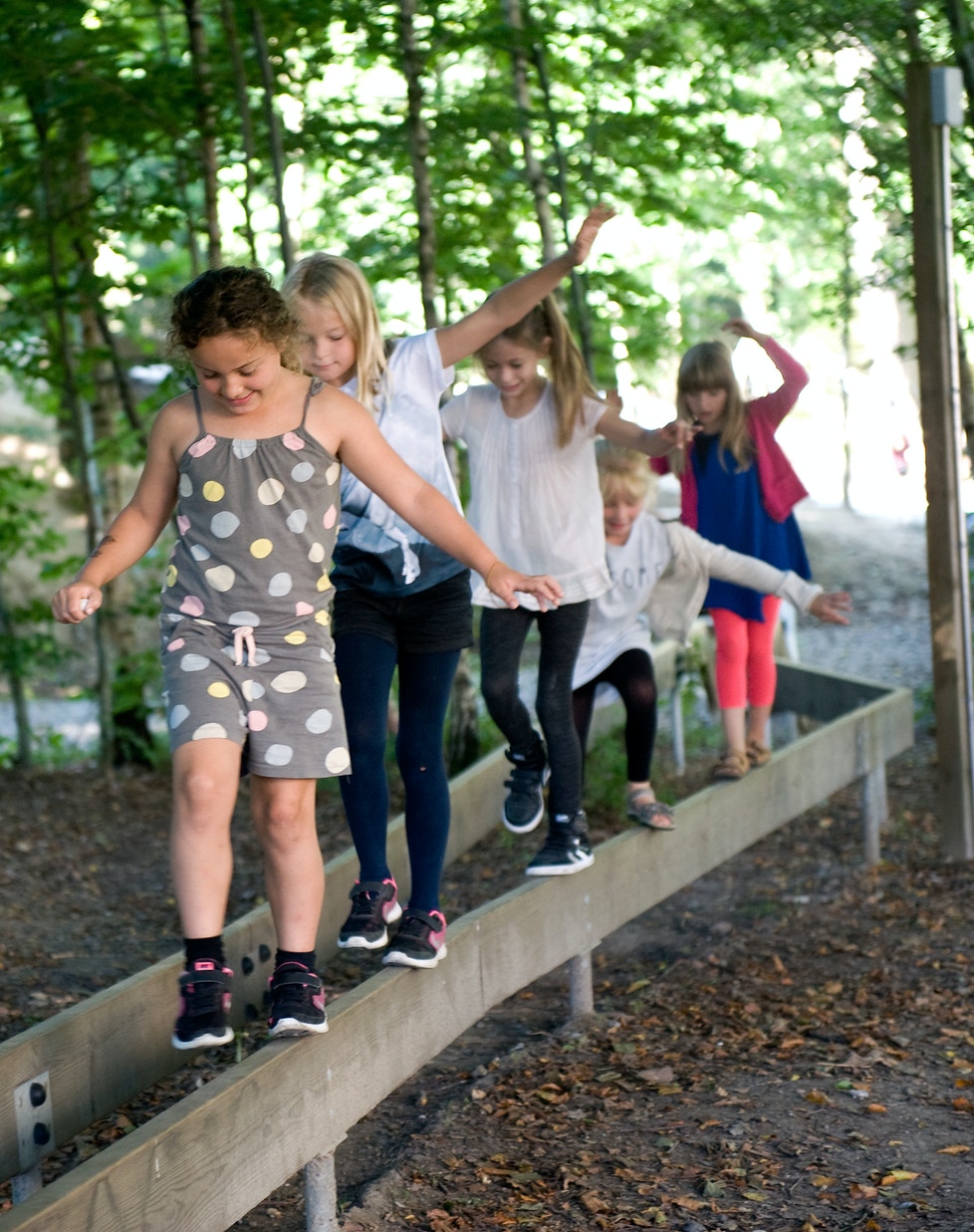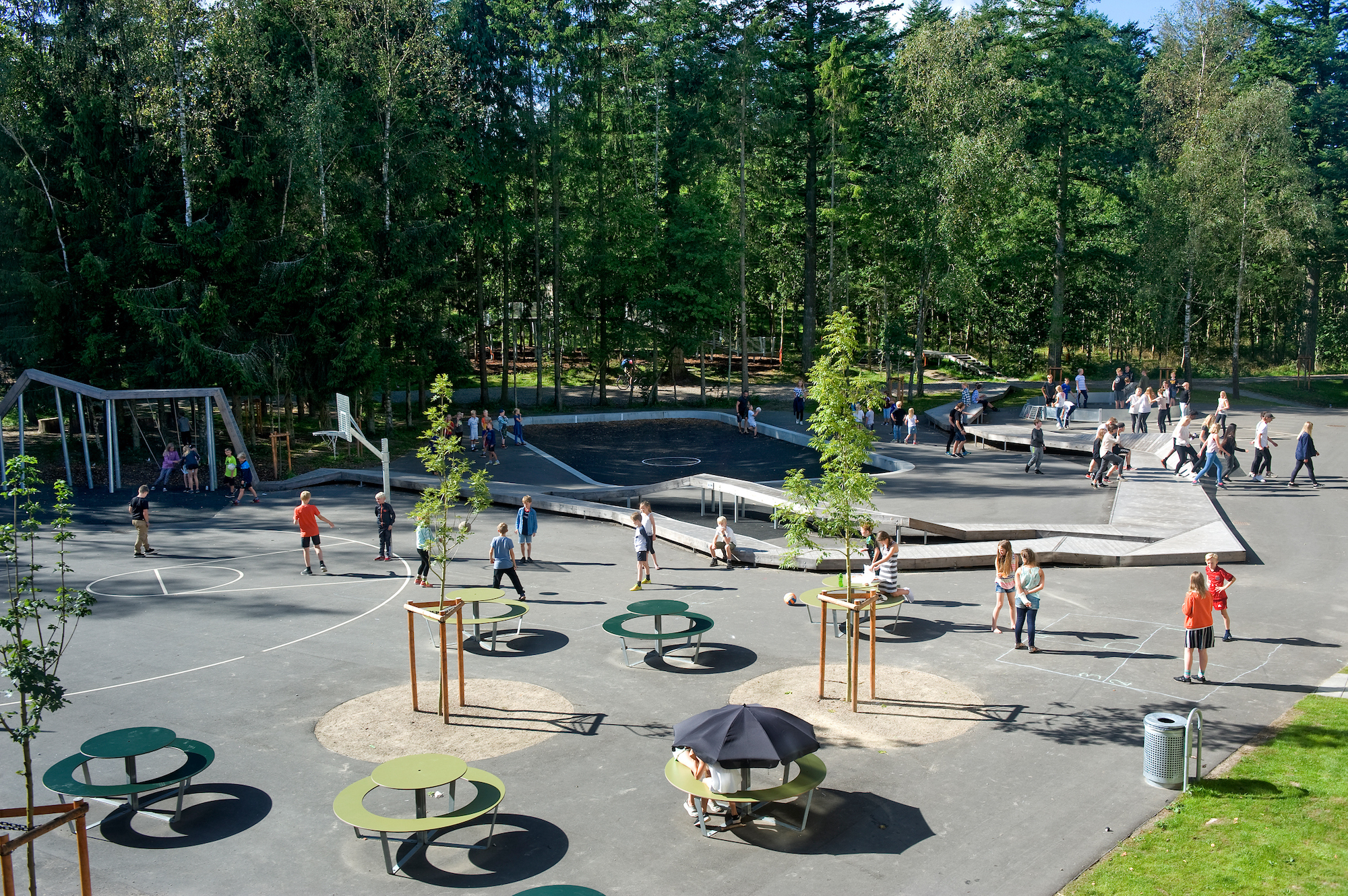05
Achieve gender equality and empower all women and girls
While the world has achieved progress towards gender equality and women’s empowerment under the Millennium Development Goals (including equal access to primary education between girls and boys), women and girls continue to suffer discrimination and violence in every part of the world.
Gender equality is not only a fundamental human right, but a necessary foundation for a peaceful, prosperous and sustainable world. Unfortunately, at the current time, 1 in 5 women and girls between the ages of 15-49 have reported experiencing physical or sexual violence by an intimate partner within a 12-month period, and 49 countries currently have no laws protecting women from domestic violence. Progress has been made regarding harmful practices such as child marriage and FGM (Female Genital Mutilation), which has declined by 30% in the past decade, but there is still much work to be done to complete eliminate such practices.
Providing women and girls with equal access to education, health care, decent work, and representation in political and economic decision-making processes will fuel sustainable economies and benefit societies and humanity at large. Implementing new legal frameworks regarding female equality in the workplace and the eradication of harmful practices targeted at women is crucial to ending the gender-based discrimination prevalent in many countries around the world.
THIS GOAL AND ARCHITECTURE
To support a movement towards gender equality, the design of buildings, settlements and urban areas must be inclusive to all citizens regardless of gender.
The organization of public spaces, institutions and services must prioritize the security of girls, women and LGBT+ citizens and help minimize the risk of abuse. The ability to move safely in public spaces, in public institutions and at the workplace is key to the inclusion of women and girls in civil society and to women being able to hold a job outside of their home, which is key to being self-supporting. Also needed are affordable and secure buildings to provide health services, basic sanitary services and meeting places for women and LGBT+ citizens. Examples of this can be maternity clinics, safe houses or secure public bathrooms.
Design of playgrounds, public parks and sports facilities must offer girls and women equal access to leisure and physical activities and create conditions that encourage use by all.
The building industry itself must work towards equal pay, promote diversity and work to oppose sexual harassment. As part of this, the industry must support women’s ability to handle heavy construction processes that are otherwise reserved for men, for example by the introduction of lifting technologies. From design through construction, the industry must avoid a narrowly gendered work culture in order to promote diversity and co-ownership so that more women will be able to join the industry at all levels.



